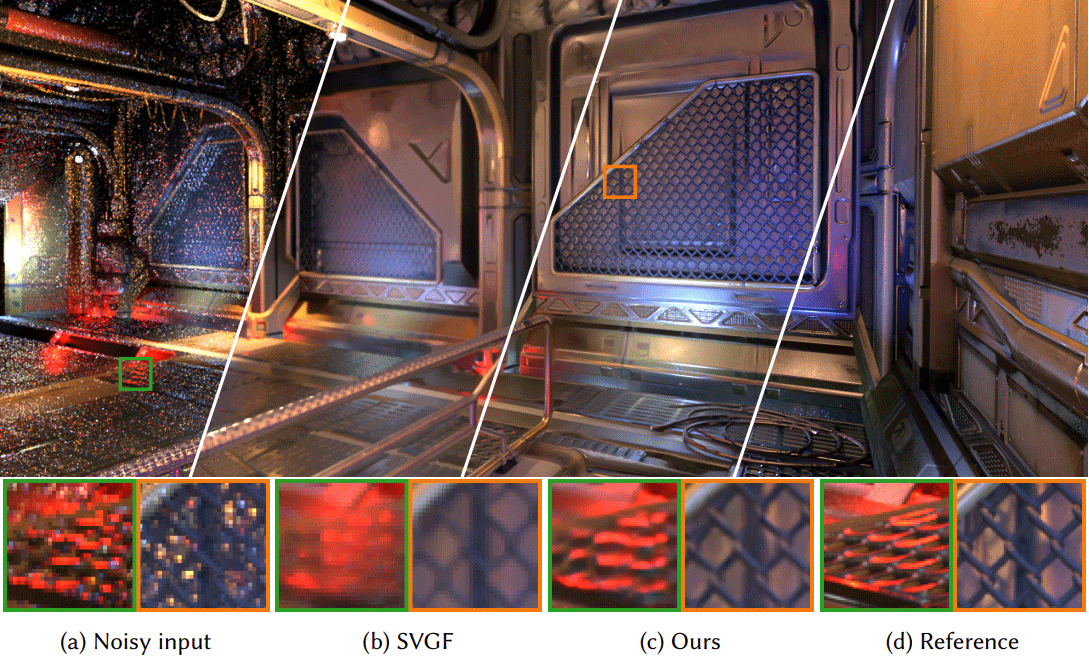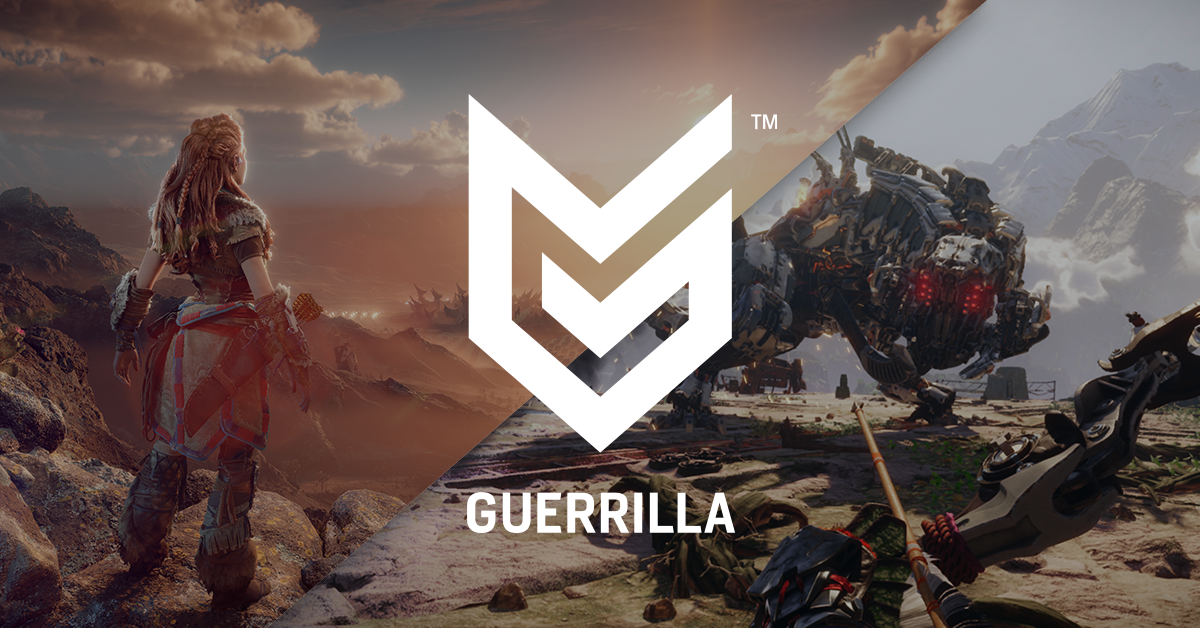Welcome, and thanks everyone for coming!
When you multi thread your game code, there are global systems that game objects need to talk to. These systems are often protected by a mutex and this can cause stalls as multiple threads are waiting for the lock. At Guerrilla the physics engine was one of the major sources of lock contention.
See, most physics engines are good at simulating 1000s of objects, and they scale that work across many CPUs, but when it comes to integrating with game code, only one thread can touch them at a time.
In 2014 I started writing my own physics engine, Jolt Physics, in my spare time. In May last year, it had gotten to a point where it implemented everything that Horizon was using. I slapped a big #ifdef in our physics wrapper so that we could run both engines. Jolt Physics had been designed to overcome the lock contention, but, to my surprise, not only the waits were gone, but the performance was much better, it used less memory and the simulation quality was better too.
My name is Jorrit Rouwe, I’m lead of the Game Tech Team. I’ve worked at Guerrilla for approximately 21 years, starting at the very first demo of Killzone 1. Today I will be presenting you how I architected Jolt Physics for Horizon Forbidden West and got rid of those waits.








